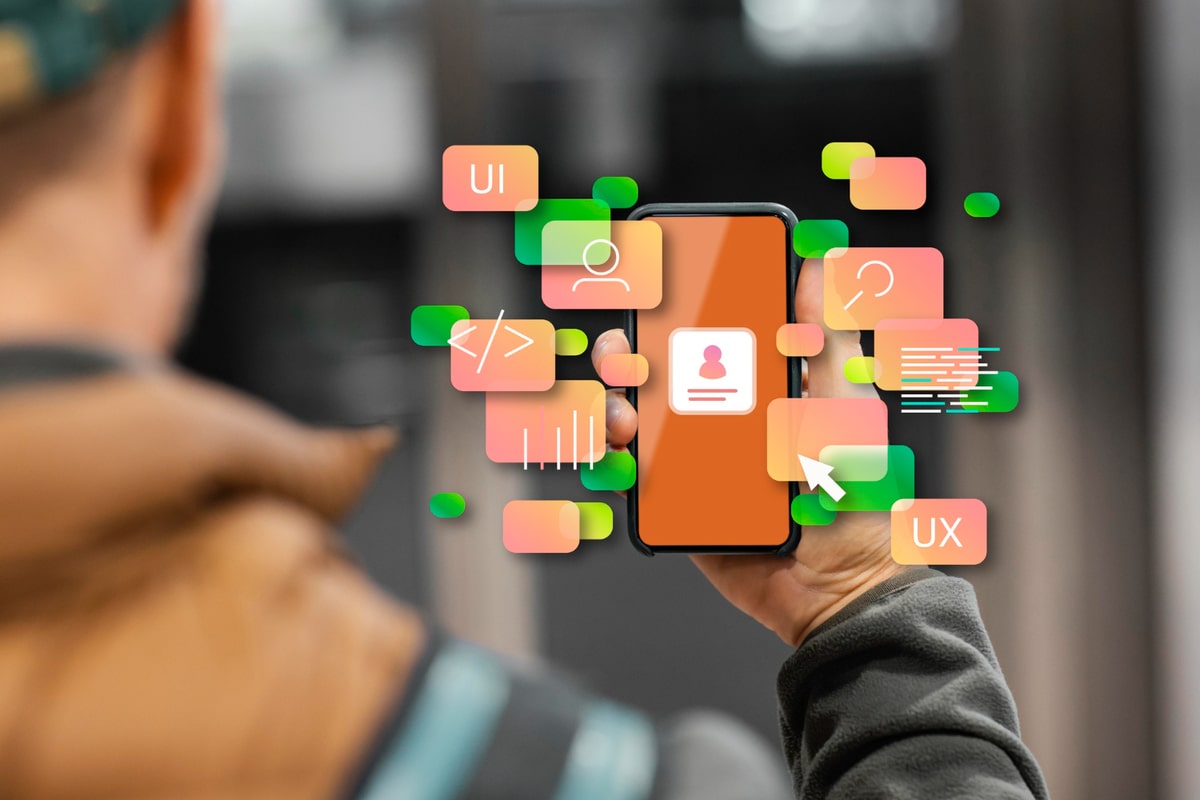In today’s fast-paced digital world, mobile applications have become a fundamental part of our daily lives, influencing everything from the way we communicate and access information to how we shop, learn, and manage our health and finances. Recognizing the importance of tapping into this ubiquitous platform, businesses and developers are increasingly looking to develop apps for iOS and Android, striving to unlock extensive mobile reach and connect with a broader audience. This blog explores the intricacies of developing mobile applications for both major platforms, focusing on the unique challenges and opportunities they present.
Choosing the Right Development Approach for iOS and Android Apps
1. Overview of the significance of mobile apps in today’s digital landscape
Mobile apps have revolutionized the digital landscape, offering unprecedented convenience and functionality to users worldwide. With billions of devices in use, both iOS and Android platforms boast vast user bases, making the decision to develop apps for iOS and Android a strategic move for any business aiming to expand its digital footprint. A brief comparison reveals that although iOS and Android cater to slightly different market segments, together, they encompass virtually the entire mobile market.
2. Understanding the Platforms
Developing for iOS and Android comes with its set of challenges, primarily due to the differences in their development environments. iOS apps are developed using Swift, a powerful programming language designed by Apple, while Android apps typically utilize Kotlin or Java. These platforms not only differ in terms of programming languages but also in their development tools, app approval processes, and user demographics, making it crucial for developers to have a deep understanding of both environments.
3. Design Considerations
The success of mobile apps significantly depends on its design. Developers must adhere to specific design guidelines for each platform—Human Interface Guidelines for iOS and Material Design for Android—to ensure a seamless and intuitive user experience. These guidelines cover various design elements, including layout, navigation, and interaction, and highlight the importance of creating visually appealing and user-friendly apps. By understanding the design guidelines for each platform, developers can create apps that are optimized for their respective user bases.
4. Development Tools and Technologies
A variety of development tools and technologies are available to those looking to develop apps for iOS and Android. For iOS, Xcode is the primary Integrated Development Environment (IDE), providing a range of tools for developing, testing, and deploying apps. Android Studio serves the same purpose for Android application development. Furthermore, cross-platform development frameworks like React Native and Flutter offer the ability to develop for both iOS and Android simultaneously, promising significant time and resource savings.
5. Monetization Strategies
Monetizing mobile apps can be approached through various models such as in-app purchases, advertising, and subscriptions. While both iOS and Android support these models, there are notable differences in monetization efficiency and user spending behavior on each platform. Understanding these nuances is essential for optimizing revenue generation from mobile apps. Developers must also heed app store policies on monetization to stay compliant and avoid consequences.
6. Publishing and Marketing
Once development is complete, the next steps involve publishing your app on the Apple App Store for iOS apps and Google Play Store for Android apps. Each platform has its own set of guidelines and approval processes that must be navigated carefully. Effective marketing strategies, including app store optimization, social media marketing, and user engagement campaigns, are crucial for ensuring your app stands out in a crowded marketplace. Additionally, leveraging user reviews and ratings can greatly impact an app’s visibility and success.
7. Post-Launch: Maintenance and Updates
Developing an app does not end with its launch. Regular updates and maintenance are critical for keeping the app relevant, secure, and functional. Addressing user feedback and bug reports promptly can significantly enhance user satisfaction and retention. Staying current with tech updates is crucial for the app’s performance on iOS and Android. Regular maintenance can also provide opportunities for introducing new features or improvements to enhance the app’s overall user experience.
Conclusion
The decision to develop apps for iOS and Android is the key to unlocking vast mobile reach and connecting with a diverse audience across the globe. While the process presents unique challenges, from design considerations to development tools and monetization strategies, the opportunities it offers are unparalleled. By comprehensively understanding both platforms and leveraging their strengths, developers can craft exceptional mobile experiences that captivate and engage users. Whether you are a new developer venturing into mobile app development or an established company looking to expand your digital presence, the potential to impact users’ lives through mobile apps is immense, making it an endeavor worth pursuing.
If you are ready to bring your app idea to life or have any questions about the app development process, do not hesitate to contact us. Our team of experts is dedicated to guiding you through every stage of development, from initial concept to post-launch support. Together, we can create a mobile app that not only meets but exceeds your expectations.



+ There are no comments
Add yours